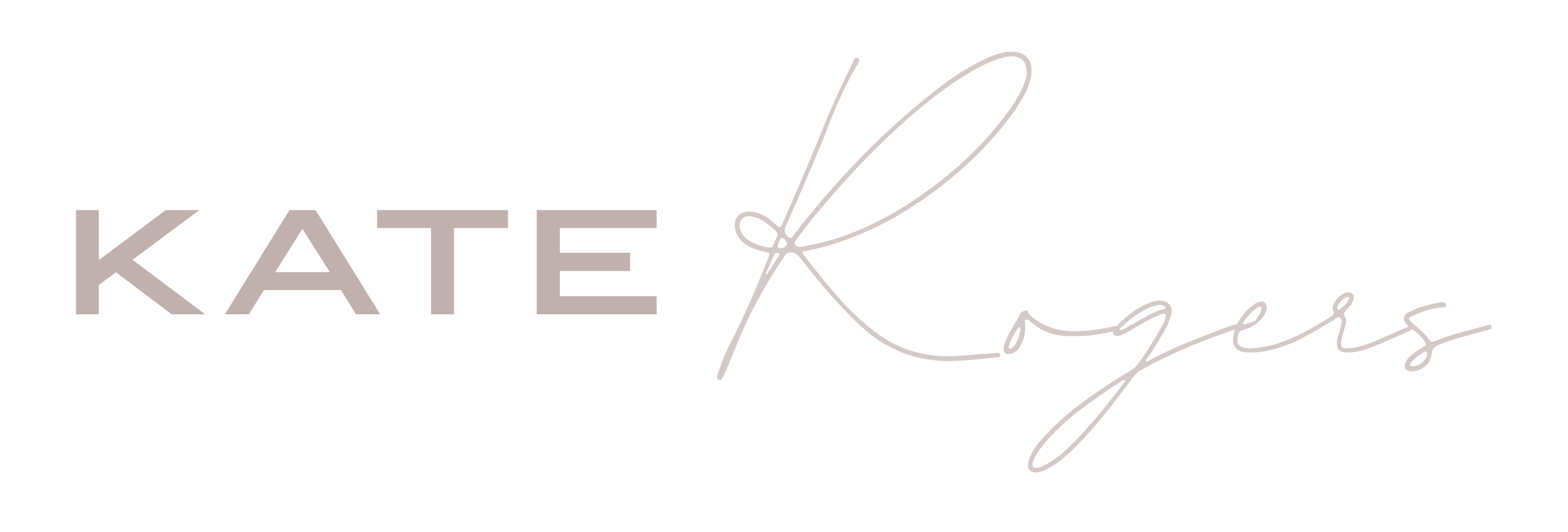One of the most under-utilized functions in QuickBooks is the Class function.
Want to know one of my favorite things when I dive into details with entrepreneurs?
It might surprise you – I love learning about the most important aspect of their business –expenses!
You’ve worked so hard to earn it, (Revenue) – but what are you doing to make it stick (Net Earnings)?
Typically, when I sit down with entrepreneurs to discuss this matter, the responses I get are one of the following:
- My CPA gives me a Statement during Tax Season. I glance at it.
- I feel like we have a good grasp on our expenses, but my net earnings are never quite what I expect it to be each year.
Both of these answers are lacking an important aspect of information.
Tracking your outgoing dollars and really understanding where they are going, and why, is the key to growing a successful company.
As an entrepreneur is telling me about the life cycle of their business (how they find clients, what materials, services, and software programs they need to service those clients, how they pay their talent, etc.) I immediately picture how I would structure Quickbooks to mirror the overall flow of their business. And that structure ALWAYS involves a heavy reliance on utilizing the Class function.
So, let’s discuss! What is it?
- Class is a List function in Quickbooks that allows you to categorize transactions into completely customizable categories.
- The best part is, you can then Filter any and all reports (including P&L and Balance Sheet Reports) by that specific Class in order to generate multiple reports that are specific to that category.
I have used the Class function so many different ways, even all within the same company:
Track NOI for specific business units to see their individualized earnings
- For example: Say you have two properties that you’re responsible for managing. One is an Apartment building and the other is an Office Building. Both have Tenants that pay rent, and both have expenses that are unique to them for managing, as well as expenses that are split between the two (ex: Dumpster).
- In QB, you can create a Class for Apartments and a Class for Office Building. Then every transaction you enter (Invoices, Deposits, Bills, Credit Card Receipts, etc) gets tagged to its individualized Class. So easy, right?
- This allows you to pull a Profit and Loss that shows you exactly how much Net Operating Income each property is making.
Track whose credit card charges are whose.
- Say you have multiple employees who have access to one company credit card account
- Create a Class with the initials for each individual, so you can quickly pull a report to see what and who each transaction belongs to.
Track where your promotional dollars are going.
- Let’s say you’re too small for a CRM, or don’t really think you’ll get the full use out of it. But, you still want to get an idea of how much promotional dollars you are spending on each client or platform or to generate each individual sale?
- Create a Class with the Clients name, platform name (Instagram ads) or sale type (Tradeshow). and quickly pull a report to see how much you have spent on each.
You can truly track all the things with the Class function. Give it a try and know I’m here to help in any way! Shoot me an email and let’s connect to make your workflow smoother and simpler.

